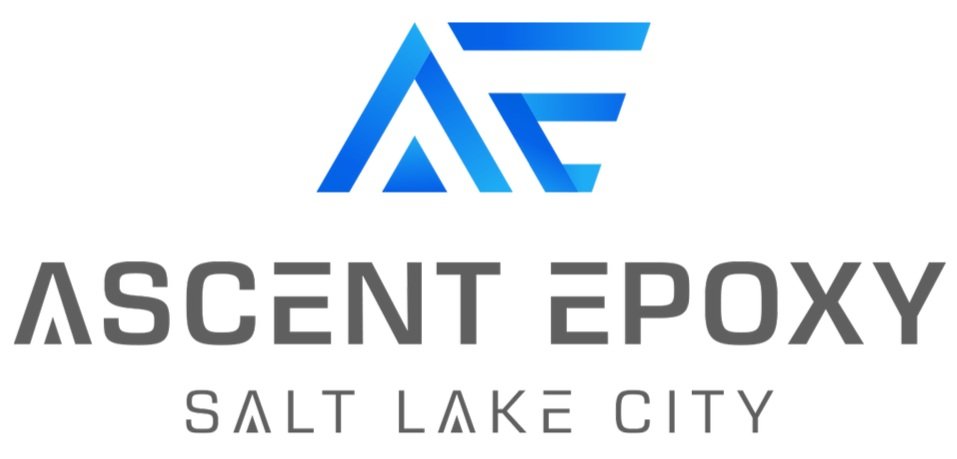The primary issue an epoxy floor faces is how it becomes slippery when it is wet or in a high-humidity environment. Manufacturers recommend using an anti-slip additive to reduce this issue, ranging from sand to aluminum oxide.
Epoxy flooring is slippery because it is a resinous coating. Since the finished product is non-porous, the surface becomes exceptionally smooth. When the surface is dry, it works like any other option under your feet.
If it gets mud, oil, water, or condensation on its surface, it can pose a threat. That’s why it is crucial for anyone in a non-arid environment to use an additive that reduces the slippery nature of the floor.
How to Add a Non-Slip Additive to Epoxy Flooring
The typical way to add a non-slip additive when installing epoxy flooring is to place the aluminum oxide or polymer grit in the final topcoat with a thorough mix. The recommended ratio for this methodology is usually about four ounces per gallon, but each product could have separate recommendations.
If you apply more than the manufacturer recommends, the extra non-slip material becomes clumpy, producing an undesirable finish.
It’s usually better to mix it into the final topcoat before pouring the contents as ribbons across the application site. By using that technique, you can roll the coating back and forth as usual. Your non-slip additive disperses itself evenly across the surface using that technique.
If you’re using a thin, water-based epoxy kit, the process works better by rolling the topcoat out of a paint tray. It works better to mix the non-slip additive into the coating before pouring it.
Most additives stay suspended in the epoxy mix for a few minutes, but they’ll eventually sink to the bottom of the container or tray. It helps to remix a product that sat for a bit while working.
Can I Sprinkle the Non-Slip Additive on Top of the Epoxy Flooring?
It is possible to sprinkle some non-slip additives on top of your final coat or take this step with the base coat. You can even add it between coats if that’s your preference. Although it’s a little easier to use this method, it’s also riskier. You can get a poor distribution of the aggregate material or have it pull away after the flooring sets, creating pockets that collect dirt.
For most product combinations, the most effective way to add non-slip material to prevent an epoxy floor from being slippery is to mix it into the topcoat. You’ll achieve a softer feel to the eventual result that won’t scratch your bare feet or make it uncomfortable to work on your back.
Applying non-slip polymer grit is often preferred because it’s the least visible additive, especially when the flooring has color chips.
If you already have a slippery epoxy floor, you can apply a clear coat with the non-slip media mixed in it for another layer. Rough up the current coating with at least 120-grit sandpaper first, then wipe it down with denatured alcohol before completing the work.
